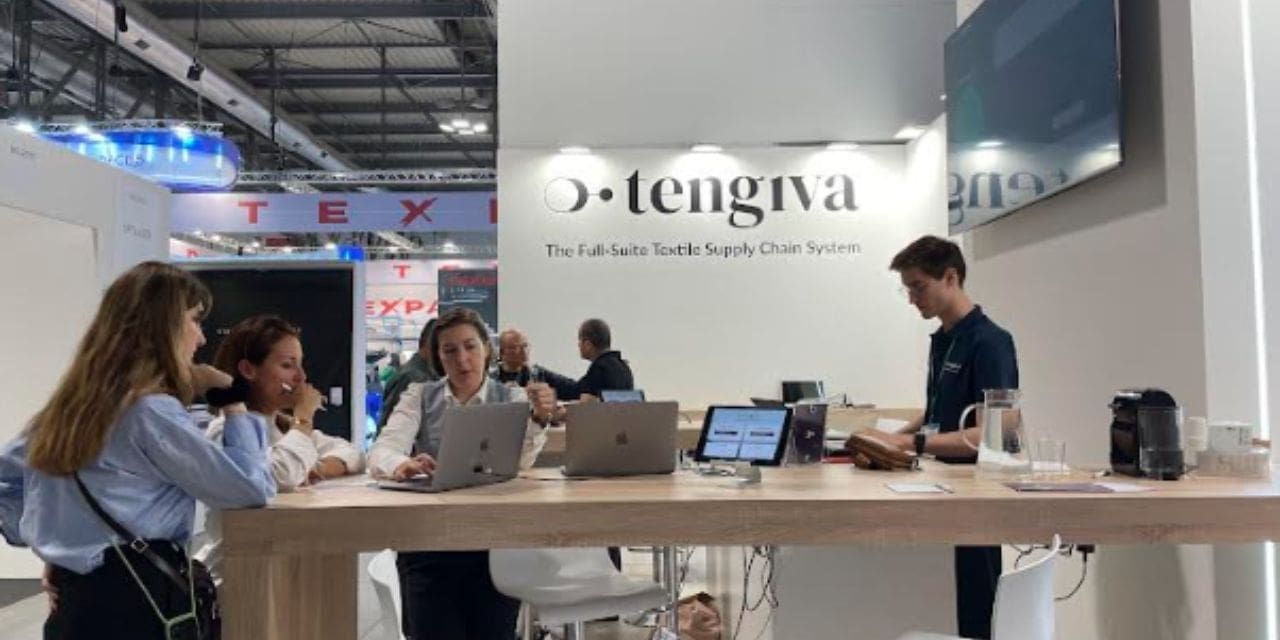The system’s release marked a significant turning point in the purchase of textiles because it directly responds to the sector’s shifting needs.
A pioneer in the field of textile supply chain systems, Tengiva has unveiled its ground-breaking B2B Textile Procurement System. At the ITMA 2023 participation, the launch took place.
For clothing labels, clothing manufacturers, and all other businesses sourcing textiles, this integrated system provides transparency, informed decision-making, and streamlined operations.
The system’s release marks a significant turning point in the purchase of textiles because it directly responds to the sector’s shifting needs. It serves as a hub for finding, connecting, and obtaining new materials while promoting supply chain interconnection, increasing agility, and decreasing time to market.
Important characteristics and advantages of the B2B Textile Procurement System
Information available instantly for production orders: Users have access to up-to-the-minute data about supplier inventories and production capabilities, empowering them to make wise sourcing choices that are in line with their production requirements. Additionally, it supports parent business profiles, which makes managing subsidiaries easier without compromising information security.
System information is uniformly distributed among vendors, resulting in a unified and consistent data structure. As a result, efficient connection and discovery based on particular needs are made possible together with effective communication and data sharing. The system also makes it possible to order swatch samples straight from the client site, greatly cutting down on the time needed for sourcing.

Centralised agreements database: All contracts, terms, and sales conditions are stored securely and are easily accessible thanks to the system’s centralised agreements database. This unified method minimises operational time for cross-functional business divisions, allows for a deeper understanding of long-term commercial behaviour, and minimises the possibility of errors or anomalies in procurement.
Seamless communication and control: A centralised channel for effective communication between clothing suppliers, producers, and brands. Businesses can make educated sourcing decisions if they have access to stock information and full control over the materials used in manufacturing facilities. Controlled access to the group and the rest of the supply chain improves procurement security and effectiveness.

